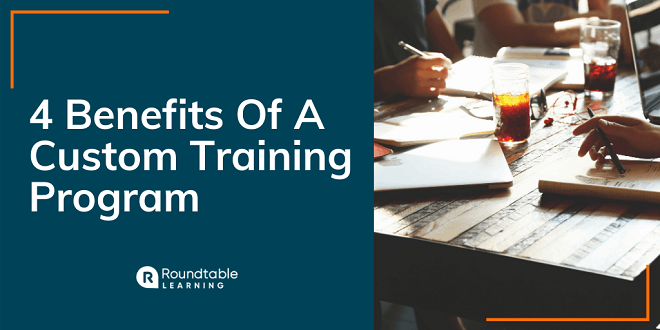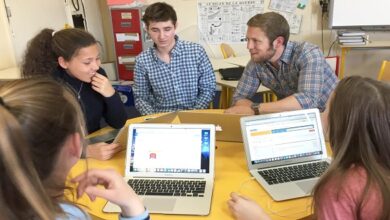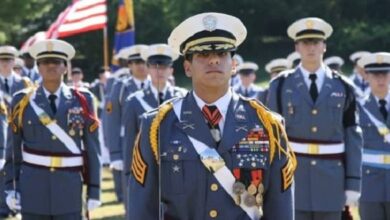CUSTOMIZATION OF INDUSTRIAL TRAINING Benefits and Problems

INTRODUCTION
Realgame (the argumentation behind Realgame is presented in Lainema 2004a and 2004b) is a computer-based simulation game, which creates a complex and authentic-like environment for learning business studies. Realgame models the environment of up to 8 manufacturing companies that compete against each other in a virtual computer network environment. Each participating company consists of optimally three participants. The company decision-making application (used by a student group) includes the main decision-making functions of a manufacturing company.
The Configured Realgame Model
In the Alpha case the Realgame model was configured to substantially resemble the Alpha real-world environment. The process aiming at an authentic configuration included meeting Alpha key managers and game environment configuration. The configuration included the following customization:
- The manufacturing process was configured for two production lines.
- The markets and customers within the markets and their volumes and purchase behaviour.
- The general cost structure of the company.
- Raw material prices, terms of delivery, and terms of payment.
The Structure of the Game Sessions
The training sessions took place on 16* and 23^^^ of October 2002 (sessions A and B). In session A there were 21 participants (seven groups of three participants) and in session B, 22 participant forming eight groups (six groups of three, two groups of two participants). The training sessions lasted approximately 10 hours, breaks included.
There was one clear distinction between the two sessions. In session A the market volume was erroneously high, 10-fold compared to the total manufacturing capacity of the companies in the beginning of the game. This situation led to extensive capacity investments, resulting in two very different training sessions, as this error was corrected in session B. As there was excessive demand in session A there was no need for tight price competition and the most important thing to take care of was to try to deliver the orders in time, and, thus, avoid a drop in the company’s image because of late dehveries.
In session B the market demand was balanced with the total manufacturing capacity. In the results section we will analyze how this discrepancy between these sessions affected the participants’ experiences.
COLLECTION OF EMPIRICAL DATA
The questionnaire used was delivered to the participants at the end of the training sessions. The first part of the questionnaire consists of 15 questions on a seven-point Likert scale and one Yes/No question. The structured questions of the first part measure the participant opinions on how well they thought the game represented different business phenomenon. The second part of the questionnaire consisted of five open-ended questions (introduced later).
Findings on the Statistical Data
When comparing the mean responses of participants in the two Alpha game sessions A and B with T-tests, we can find three questions out of 15 questions in which these groups differed statistically significantly. These questions dealt with the game ability to represent a holistic view of a company with T-tests, we can find three questions out of 15 questions in which these groups differed statistically significantly. These questions dealt with the game ability to represent a holistic view of a company.
Summary
Realgame seemed to maintain the task-orientation of the participants well over the long training day. The continuous processing element of Realgame helped the participants to see how the different business processes elaborated, emerged and linked together.
Continuous processing represents authentically business processes and real world complexity. The participants thought that the game represented very well information flows and demands, sequential dependencies in operations and a hohstic view of a company.




